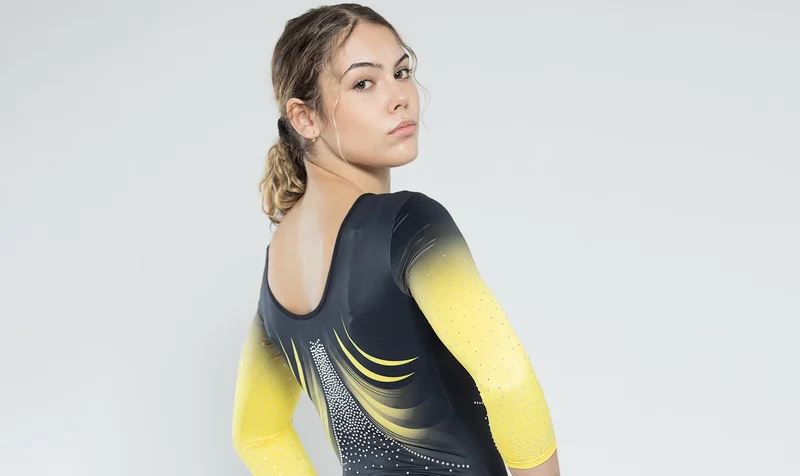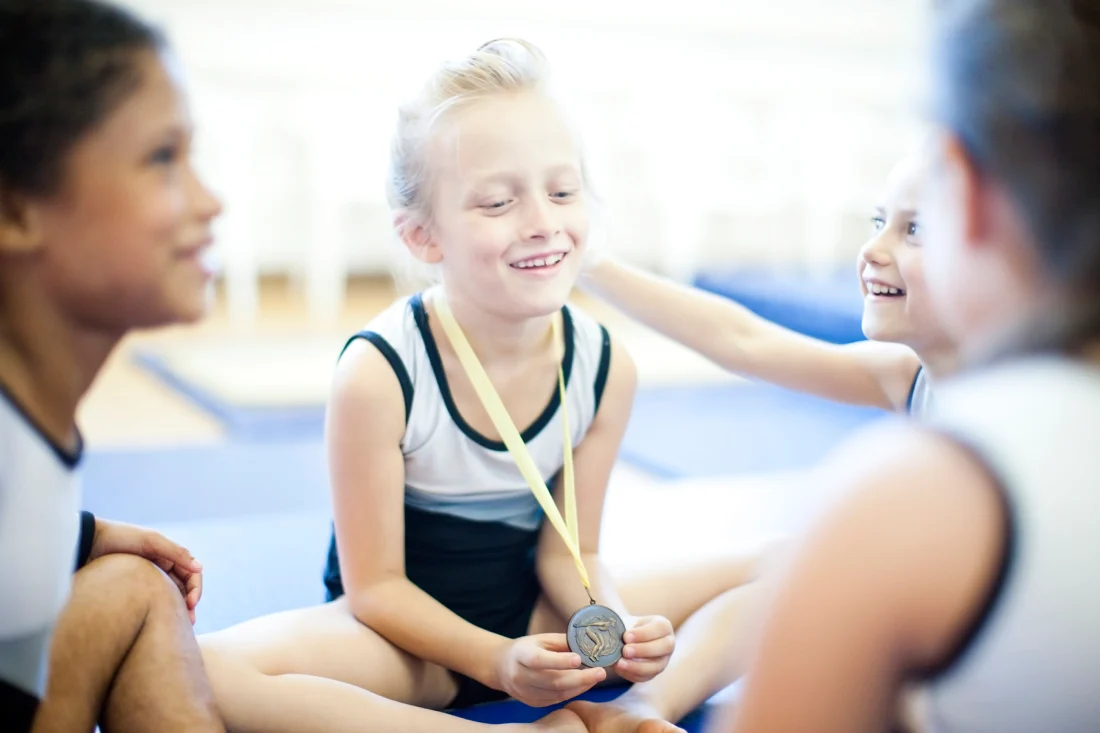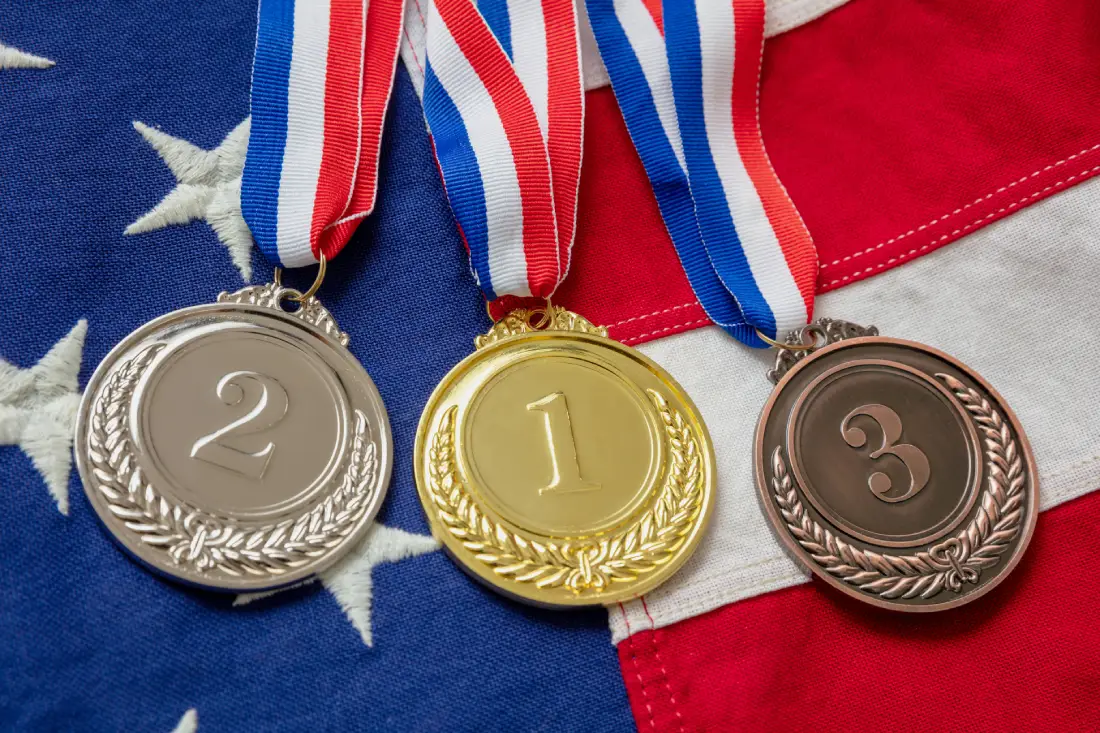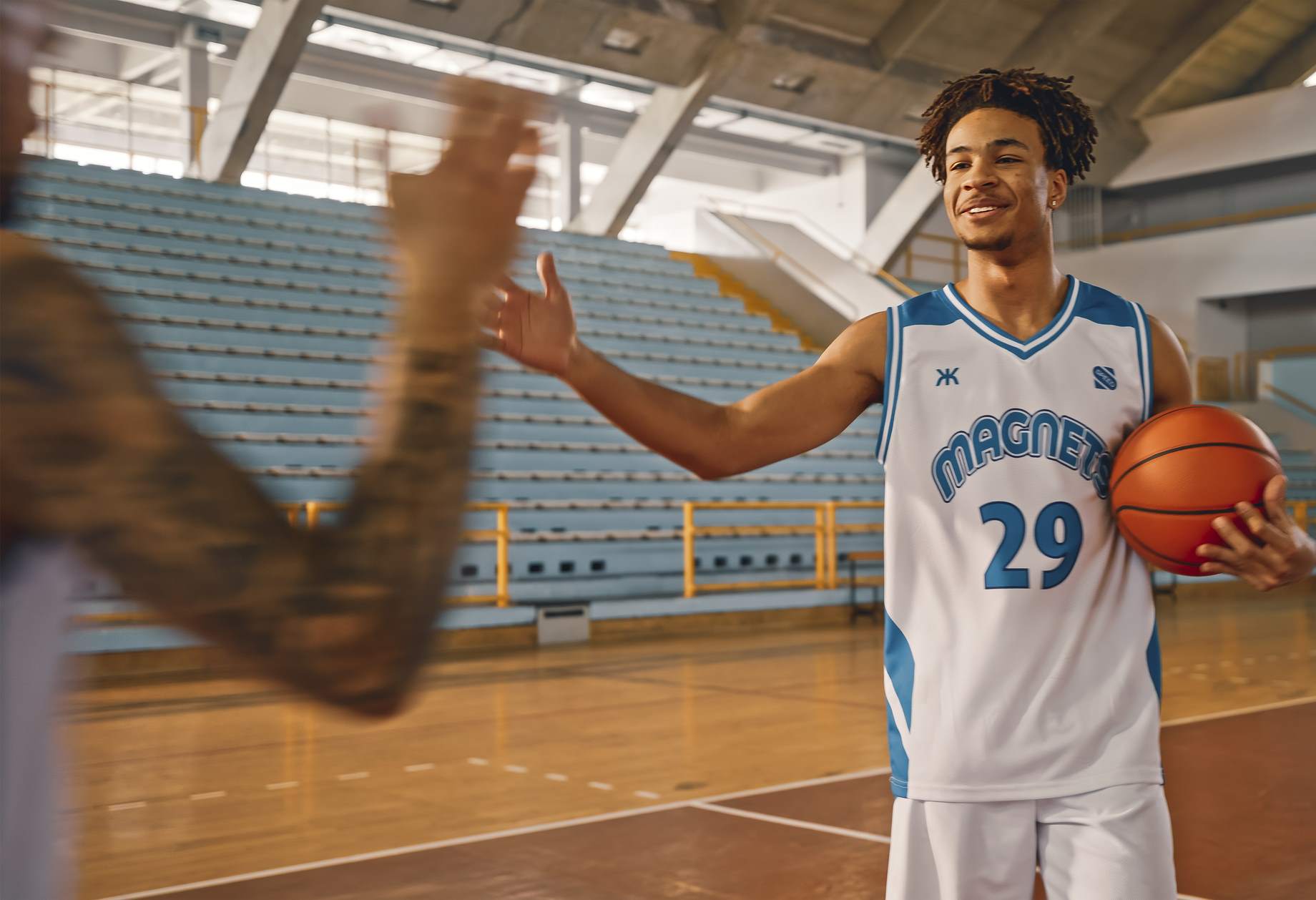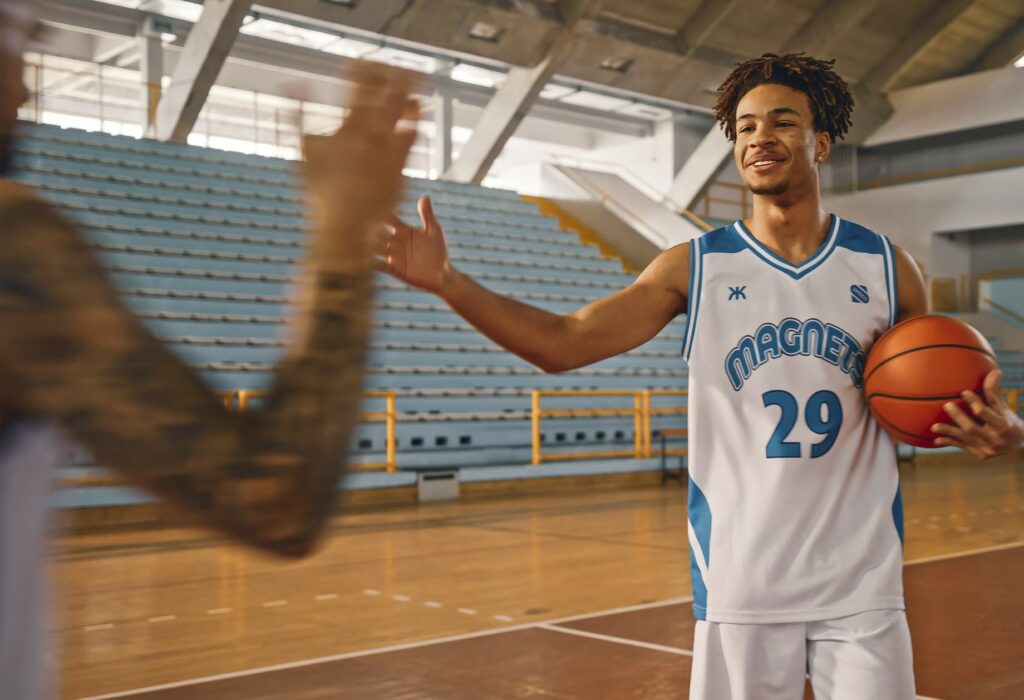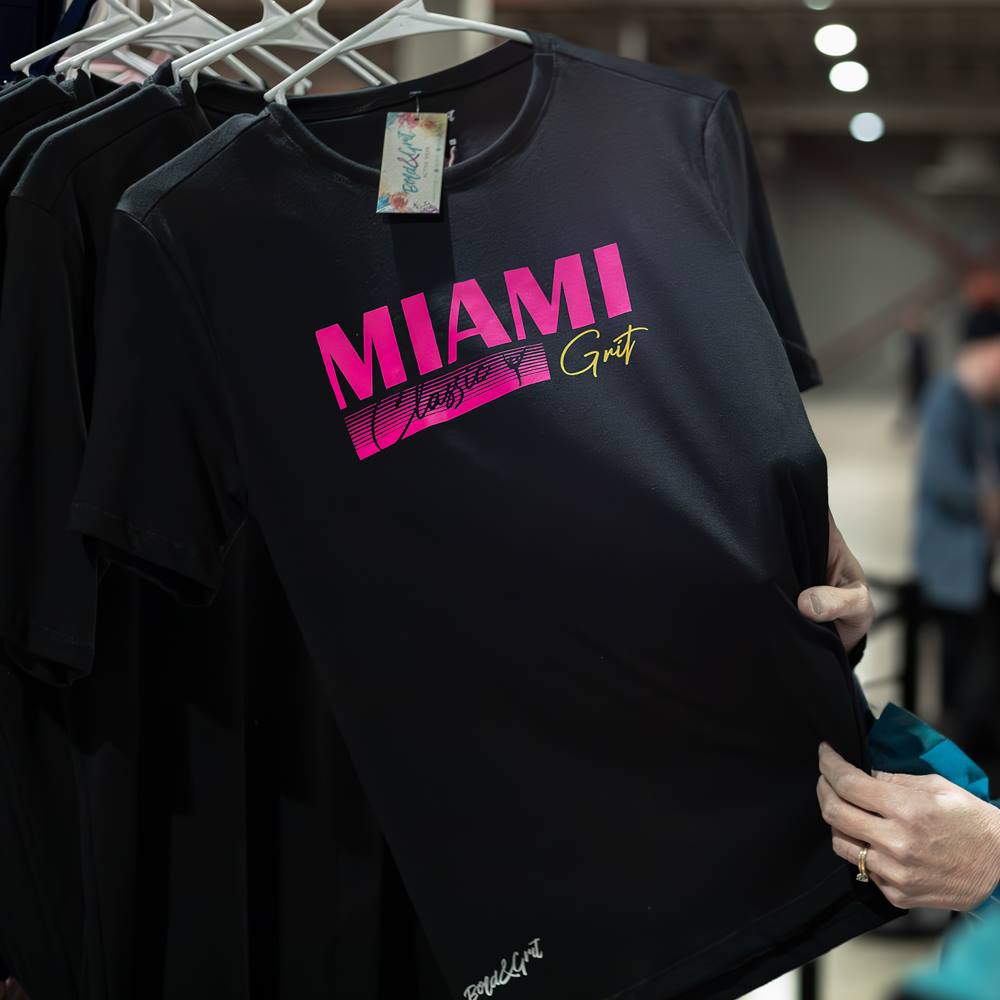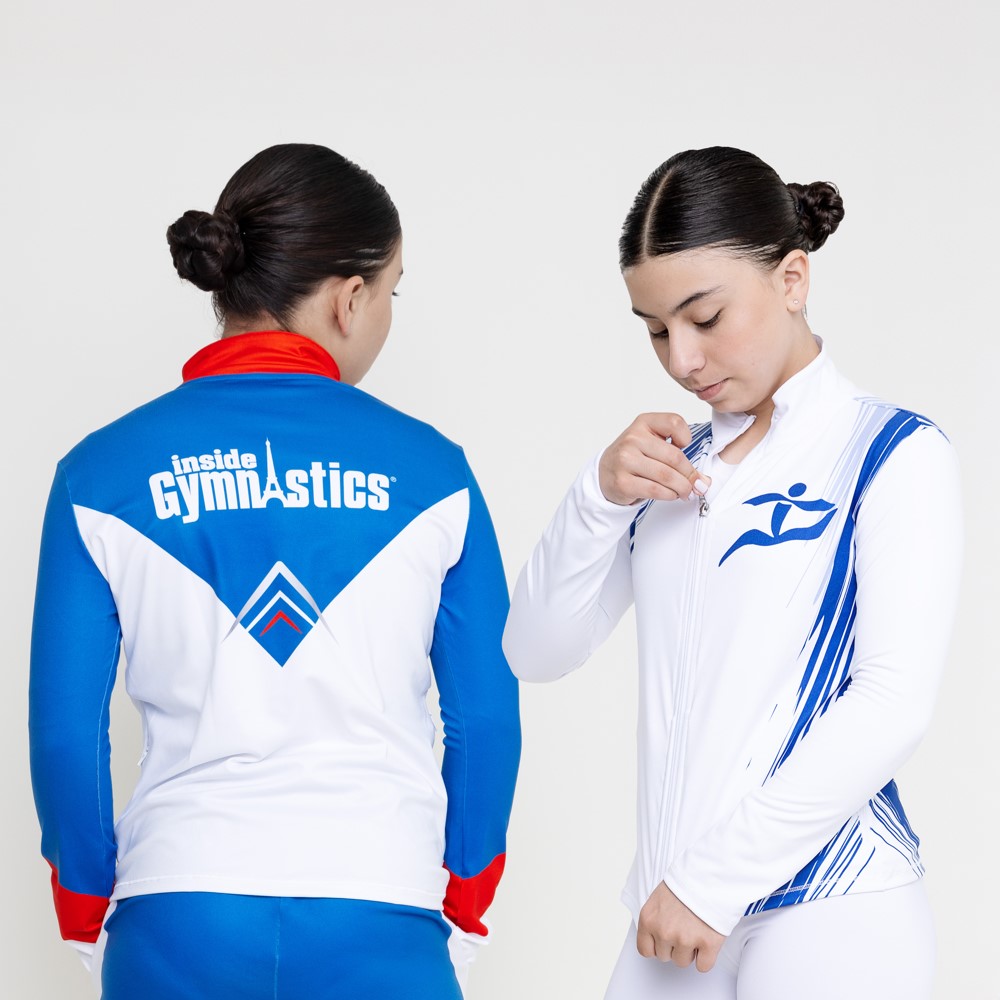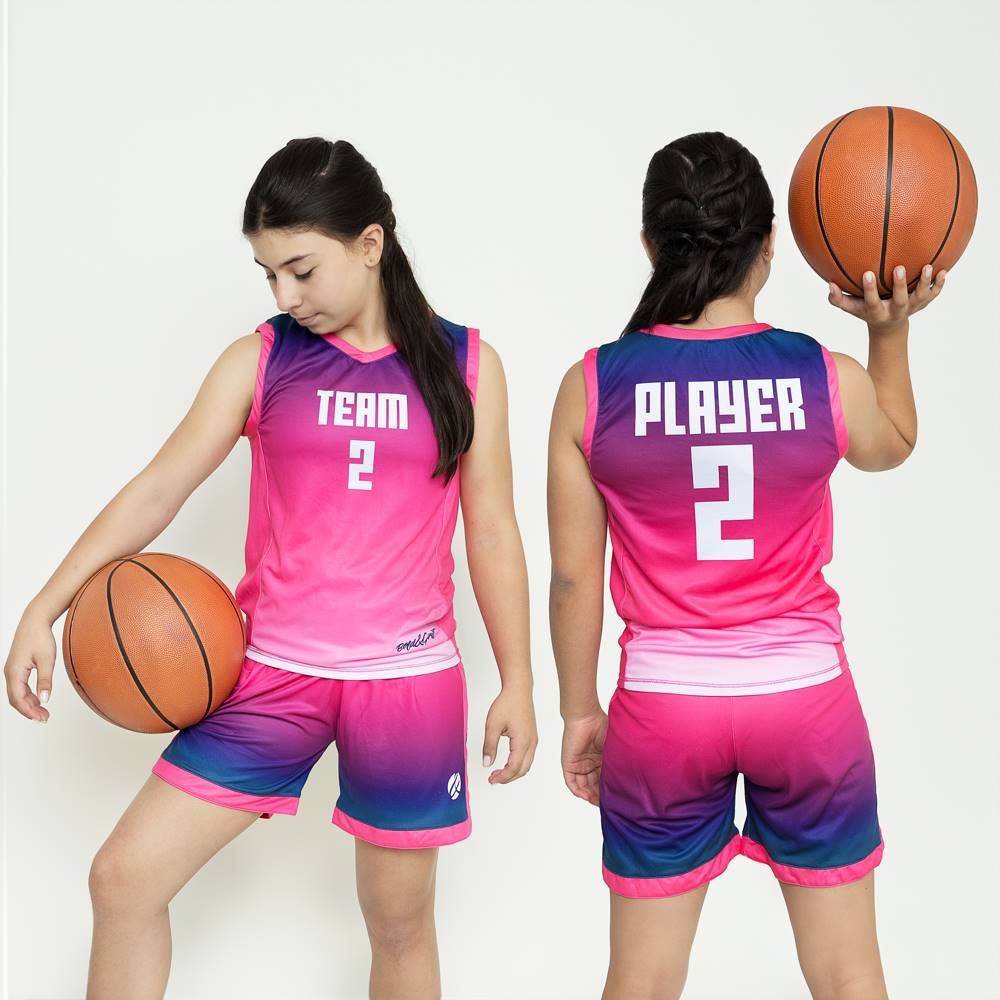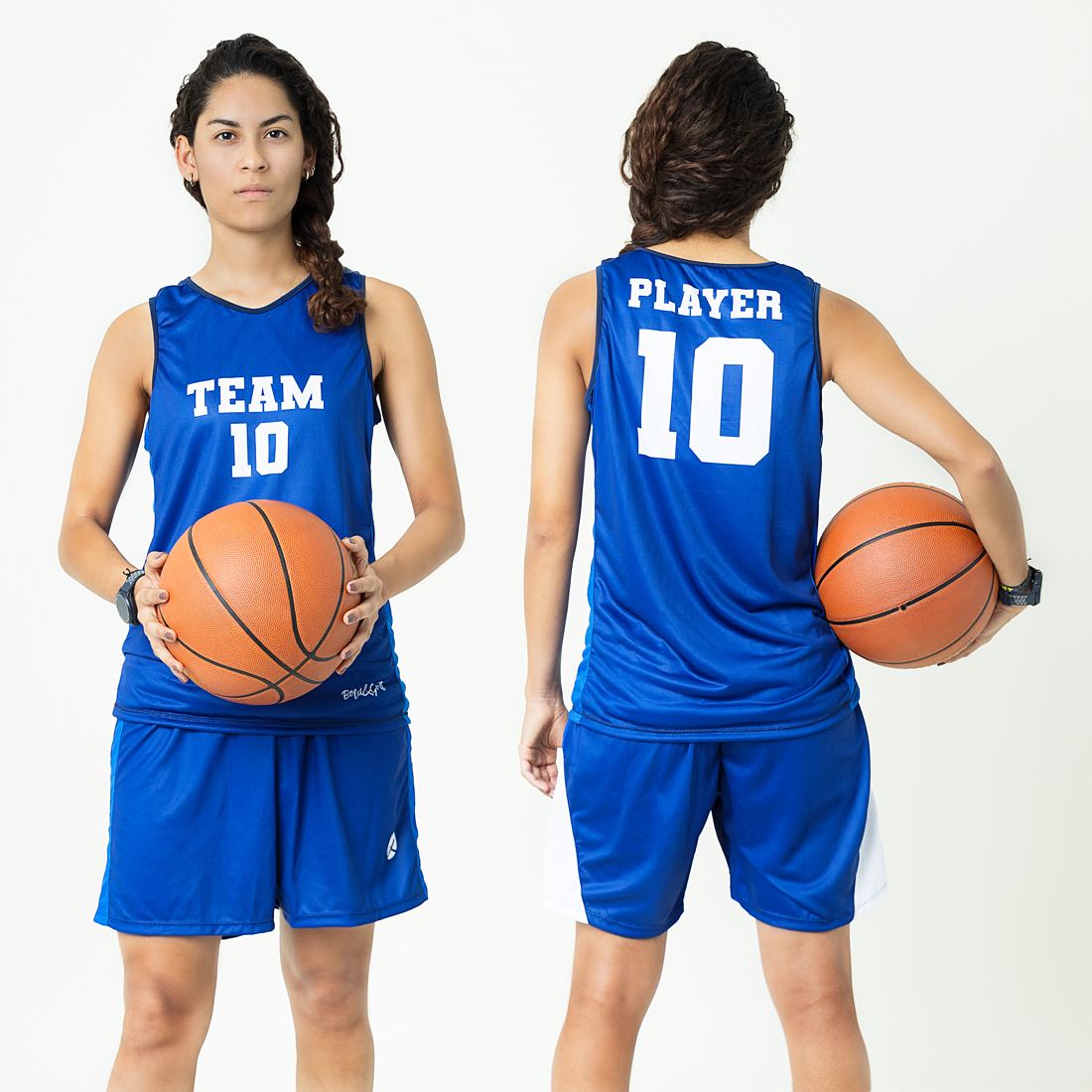As coaches, we often see our athletes as high-performing individuals who consistently push their limits. However, even the most talented athletes experience moments of doubt, frustration, and burnout. In these challenging times, it’s crucial for coaches to provide support and guidance to help athletes overcome obstacles and regain their confidence.
Understanding the Struggle
It’s important to acknowledge that it’s normal for athletes to experience setbacks and periods of self-doubt. By creating an open and supportive environment, you can help athletes feel comfortable sharing their struggles without fear of judgment.
Building Resilience
• Encourage a Growth Mindset: Emphasize that challenges are opportunities for growth and development. Help athletes understand that setbacks are a natural part of the learning process.
• Set Realistic Goals: Break down overwhelming goals into smaller, achievable steps. This can help athletes feel a sense of accomplishment and progress.
• Focus on Process, Not Just Outcome: Shift the focus from the final result to the effort and enjoyment of the process. This can help reduce pressure and anxiety.
• Build a Strong Support System: Encourage athletes to connect with teammates, family, and friends for support. A strong support network can provide encouragement and perspective.
• Prioritize Mental Health: Remind athletes of the importance of self-care, including sleep, nutrition, and stress management techniques.
Communication is Key
• Open and honest communication is essential during challenging times.
• Active Listening: Give athletes your full attention when they’re expressing their feelings.
• Empathy: Show that you understand and care about their struggles.
• Provide Support: Offer practical advice and resources to help athletes cope with challenges.
Celebrate Small Wins
Recognizing and celebrating small victories can go a long way in boosting an athlete’s confidence. Focus on progress, not perfection, and highlight areas of improvement.
Remember, building resilience is a journey, not a destination. By providing consistent support and guidance, you can help your athletes develop the mental toughness to overcome challenges and achieve their full potential.


